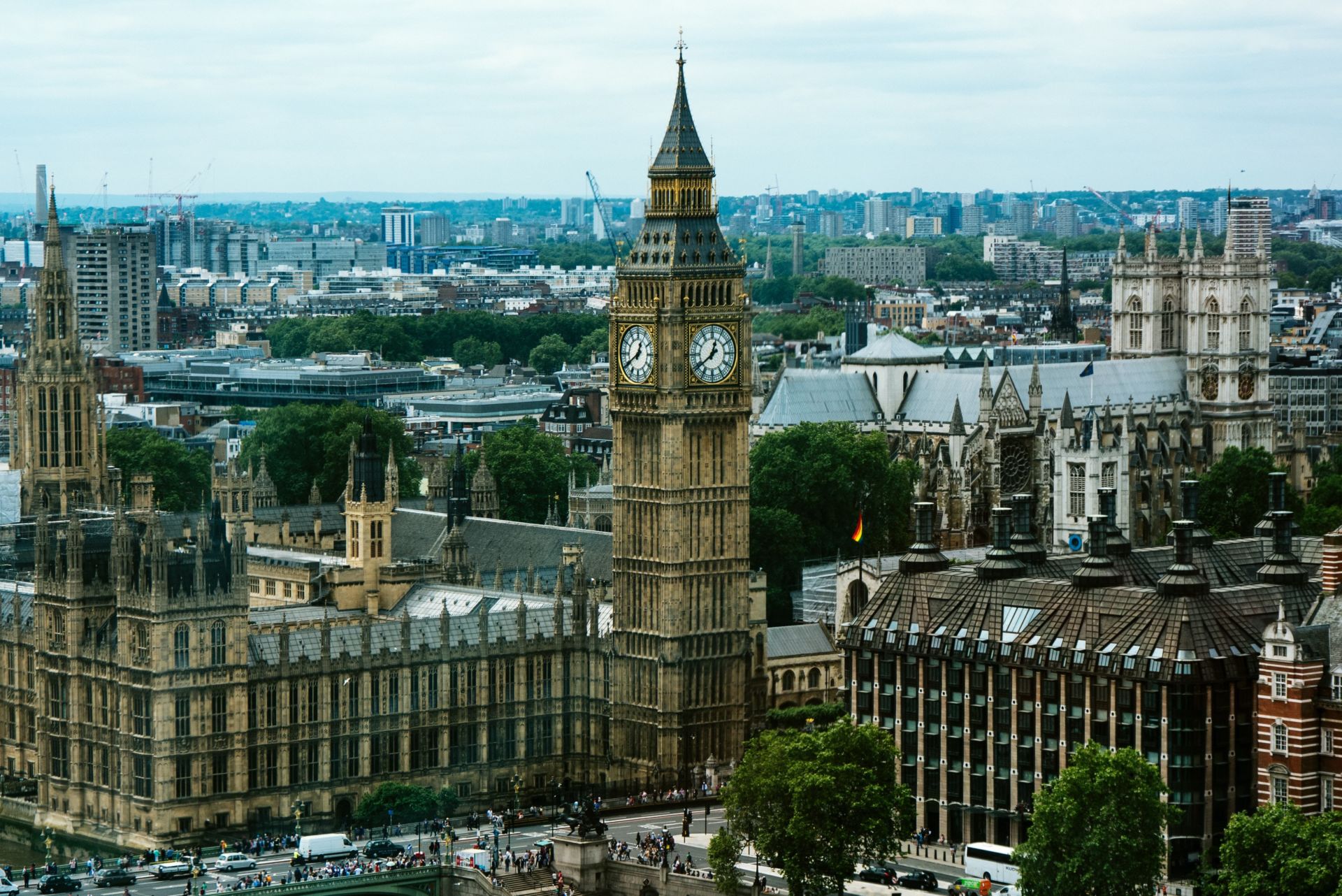Only one month after Rishi Sunak’s announcement of the UK’s first-ever Green Gilt, have the Department for Business, Energy and Industrial Strategy (BEIS) published a highly-anticipated Energy White Paper.
For those of us not versed in the inner-workings of parliamentary activity; the prospect of a ‘White Paper’ may be lost upon us. White papers are policy documents that the Government produces to lay out plans for future legislation. Describing a paper as ‘white’ originated in a time when the color denoted whether or not it was meant for public access.
Today, however, White Papers have a little more significance. They are a place where the government writes their promises into a place of permanency, where their words cannot be erased- ample soil for breeding accountability if targets are unmet.
The document begins with a Ministerial Foreword written by Alok Sharma, Secretary of State for BEIS. Sharma prefaces the paper by speaking to the pre-existing imperatives which the Covid-19 pandemic has brought to the forefront of the country’s mind. He notes that the dramatic toll the pandemic has taken on the country will inevitably leave behind a nation in need of repair. When undergoing this type of rebuilding, Sharma claims we must too address the inter-generational challenge of climate change.
The government presents this white paper at a time of unprecedented peacetime challenge to our country… Building back better means building back greener.
Rt Hon Alok Sharma MP, pg3 of Energy White Paper: Powering our Net Zero Future.
The 6 Chaptered Focus:
Consumers
Consumers need to be able to avail of and benefit from new energy-intelligent technologies. It is important that the problems caused by technological progress and decarbonization are addressed head-on. This may include regulatory changes to tackle issues that unfold as consumers utilize the ability to generate their own renewable energy.
Power
Electricity has the potential to provide over half of the energy demand in 2050- requiring a four-fold increase in the generation of clean electricity. For a low-carbon baseload, however, nuclear is the main focus for investment & technological development.
Energy System
The gas and electricity infrastructures used to deal with the supply and demand of energy require much more new regulation as well as changes to current regulations; especially for hydrogen and Carbon Capture Utilisation and Storage (CCUS).
Buildings
The UK’s biggest culprit of greenhouse gas emissions is industry. Buildings, however, come a close second. The language here as it relates to buildings is broad. The government wants, ‘as many homes as possible’ to be rated C or better by 2035. New homes under the Future Homes Standard will have 75-80% lower emissions. In relation to the replacement of gas boilers, technologies including heat pumps, hydrogen & green gas will be deployed.
Industrial Energy
Carbon Capture Utilisation and Storage (CCUS) is taking center stage when it comes to the governments’ plans for decarbonization. There will also be frameworks put in place to encourage low carbon hydrogen production.
Oil & Gas
There is a goal for the UK’s oil & gas sector to be ‘Net Zero’ by 2050, as well as to join the World Bank’s ‘zero flares by 2030’ pursuit. There are also plans to work with both regulation and industry for the purpose of decommissioning.

The paper coincides quite deliberately with the language of the Prime Ministers’ Ten Point Plan for a Green Industrial Revolution which was released in November 2020. The commitment made here in the area of Green Finance & innovation is to raise investment in Research and Development to 2.4% of GDP by 2027.
It is expected that these sequences of green innovation will have a trickle-down effect. The paper claims that such plans will lessen the net-zero transition total cost, as well as foster the progress of better products & business models; in turn, influencing consumer behavior.
RELATED ARTICLES: China & Singapore Deepen Special Relationship with Green Finance Collaboration| Singapore Making Leaps In Green Finance | How To Make Investing In Green Finance Easier? | A New Chapter for UK Financial Services, and It’s Green! | The Future of Green Finance
Upon reading the paper we notice it is not a document littered with robust revolution- despite the namesake of its sister-document. We might look to the 2011 Energy White Paper ‘Planning an Electric Future’ for comparative purposes. Written under the coalition government, the paper shows us both the progress that has been accomplished as well as the strides that remain to be made. Whilst positive evolution has occurred in the decarbonization of UK electricity generation, there is still work left to do. What is more, electricity generation is not the only area where decarbonization needs to be the focus.

Whilst much of what the paper contains is by no means new, but rather builds upon previous initiatives- it symbolizes a movement towards more aggressive action. One which is welcome and overdue.
The language of the document is that of a country that recognizes the need for urgent change. Change is indeed the theme throughout. That is a change of behavior for both businesses & consumers alike, and for the markets which will respond. Perhaps most importantly though, it is only with changes in policy and statute that these promises will ever have a chance of coming to life. Green finance will have to be a cornerstone.
In a paper that presents a policy pipeline so full, let’s hope it doesn’t get clogged.
In the cover picture: Houses of Parliament, London. Photo Credit: Jamie Street.
Editor’s Note: The opinions expressed here by Impakter.com contributors are their own, not those of Impakter.com











